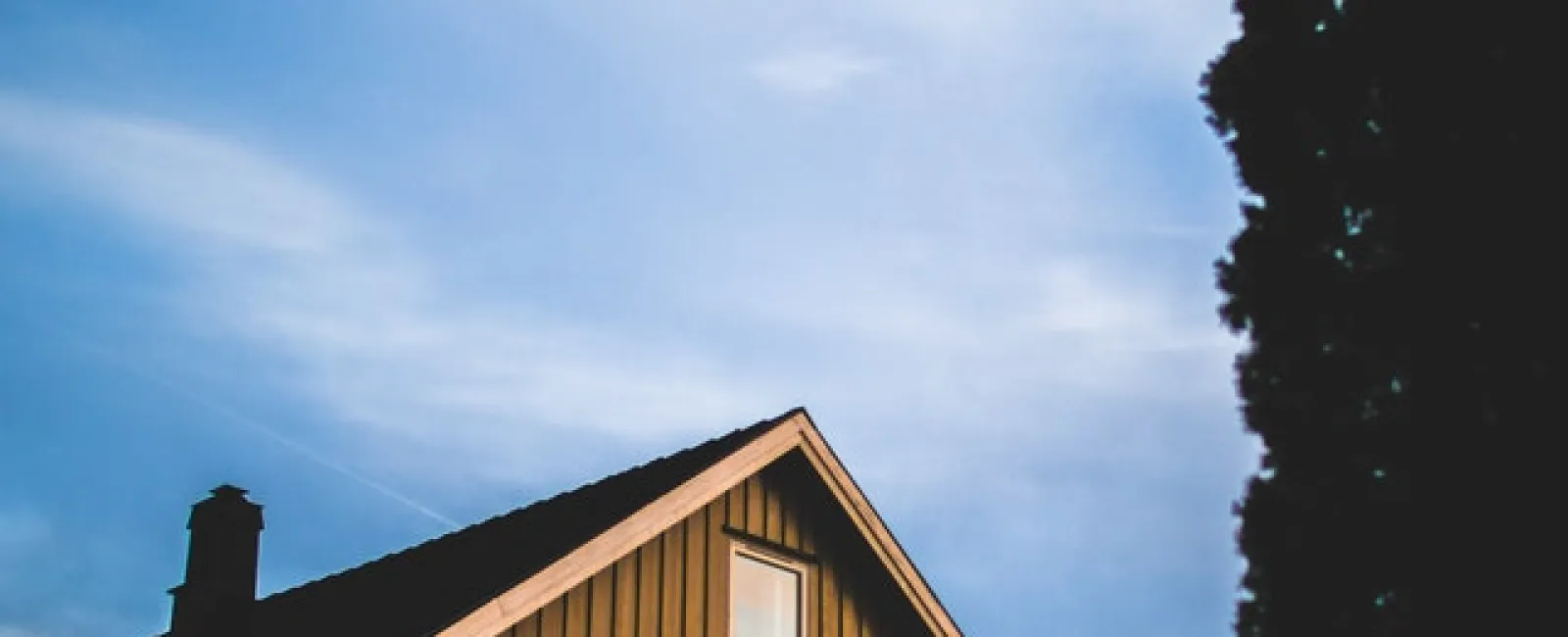March 17, 2022
The residential roofing material you choose when replacing your roof will significantly impact the cost, aesthetics, performance, maintenance, and durability of your new home's roofing systems. Homeowners can choose between asphalt shingles, wood shakes, composite and concrete tile as viable options. However, nothing compares to the versatility of metal roofing.
Metal roofing, also called the "forever roof," is an excellent choice for residential re-roofing applications, particularly when compared to less-durable, temporary roof types such as asphalt shingles. As it becomes increasingly popular, many homeowners are replacing their traditional homes' shingle roofs with metal roofs.
So, what is it about metal roofing that attracts so many homeowners? Consider the advantages and disadvantages of metal roofing below.
Advantages of Metal Roofing
1. Metal Roofing Lasts Longer
On average, metal roofing will last thirty to fifty years, depending on the metal, installation specifications, and environmental conditions. The best metal roofing can last well over a century, with panels still managing to withstand hurricane-force winds, sleet, and snow despite being installed more than a century ago.
2. Metal Roofing Is Energy Efficient
It is energy efficient because it is an excellent thermal barrier. Roofing materials with good thermal resistance reduce the heat transfer through the roof to a building's interior. Many people use it because it is one of the most energy-efficient roofing materials out there.
3. Metal Roofing Is Easy to Repair
It is an excellent material for DIY enthusiasts. Metal roofing panels are simple to repair and replace. When they do need to be replaced, you'll find that panels can be cut with a hacksaw or a reciprocating saw in most cases. A roofing repair expert can help make the repair even more accessible.
4. Metal Roofing Is Fitting for Low-Slope Applications
Metal roofing is a good choice for homeowners who want a lower-sloped roof but don't want to sacrifice durability or energy efficiency. The most common low-slope metal roofing applications are standing-seam and corrugated metal roofs.
Disadvantages of Metal Roofing
1. Metal Roofing Is Expensive
A metal roof's initial cost is greater than that of other typical roofing materials. It is typically more expensive than asphalt, wood shakes, tile, or shingles. However, a metal roof will likely last longer than these other roofing options, so the cost over time is lower.
2. Metal Roofing Is Heavier than Other Roofing Materials
Because metal roofing is usually significantly heavier than standard roofing materials, such as asphalt shingles, tile, and wood shakes, it tends to increase the structural requirements.
When installing a metal roof on a residential building, you'll need to ensure that the roof framing is strong enough to support the increased weight of a metal roof.
3. Metal Roofing Can Be Slippery in Ice and Snow
With a three-dimensional textured surface, metal roofing can be slippery in ice and snow. While the National Roofing Contractors Association (NRCA) has not found any data supporting this, some people report having less traction walking on metal roofing than on asphalt roofing.
Conclusion
Metal roofing is a good choice for people who want to re-roof their homes. It has many benefits, including a long lifespan and energy efficiency. While the cost of a metal roof is higher than for other types of roofing, it may save money in the long run.
If you're looking for professional roofers in Birmingham, AL, Cardinal Roof would be the best for you! In Alabama and Middle Tennessee, we provide roofing services for both residential and commercial properties. Contact us now!

